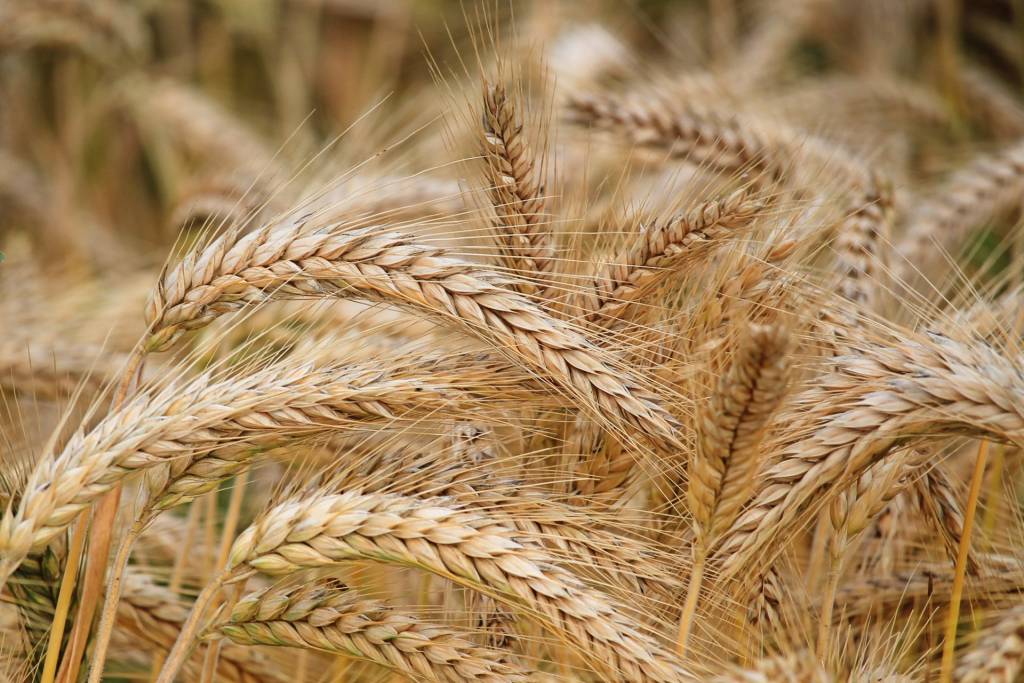In a remarkable turn of events, the year 2023 witnessed an astonishing surge in wheat grace production, with an impressive 76% increase compared to the previous year. This unexpected development has left experts and farmers alike in awe, sparking discussions and raising questions about the factors contributing to this dramatic rise.
Wheat Grace’s Remarkable Comeback
Wheat, a staple crop globally, plays a pivotal role in ensuring food security for millions of people worldwide. Wheat grace, a particular variety known for its resilience and high yields, had been experiencing a steady decline in production over the past few years due to unfavorable weather conditions and various other factors. However, 2023 proved to be a game-changer for wheat grace cultivation.
Factors Behind the Surge
Several factors have been identified as key contributors to the significant increase in wheat grace production in 2023:
1. Favorable Weather Conditions:
One of the primary factors contributing to this boost was the exceptionally favorable weather conditions throughout the year. Adequate rainfall and optimal temperature ranges provided the ideal environment for wheat grace cultivation, leading to healthier and more abundant crops.
2. Technological Advancements:
Farmers increasingly adopted modern agricultural technologies and practices in 2023. From precision farming techniques to the use of advanced machinery, these innovations helped optimize the cultivation process, resulting in higher yields.
3. Improved Crop Management:
Farmers paid meticulous attention to crop management and disease control, ensuring that their wheat grace crops remained healthy and disease-free. This proactive approach played a significant role in preventing crop losses.
4. Government Support:
Many governments recognized the importance of wheat grace production and offered subsidies and incentives to encourage its cultivation. This support encouraged more farmers to invest in wheat grace farming, leading to a surge in production.
5. Global Demand:
The global demand for wheat and wheat-based products has been steadily rising. With wheat grace being a high-yield variety, farmers were motivated to meet this increasing demand, resulting in a substantial production increase.
The Future of Wheat Grace Production
As we look ahead, the question on everyone’s mind is whether this surge in wheat grace production is sustainable. Experts believe that with continued advancements in agricultural technology and ongoing government support, it is possible to maintain and even further increase the production of wheat grace in the coming years.
The unexpected 76% increase in wheat grace production in 2023 has brought hope to the agricultural sector and food security efforts worldwide. The combination of favorable weather conditions, technological advancements, improved crop management, government support, and growing global demand has fueled this remarkable comeback. As we move forward, it is imperative that we continue to invest in sustainable agricultural practices to ensure the long-term success of wheat grace production.







